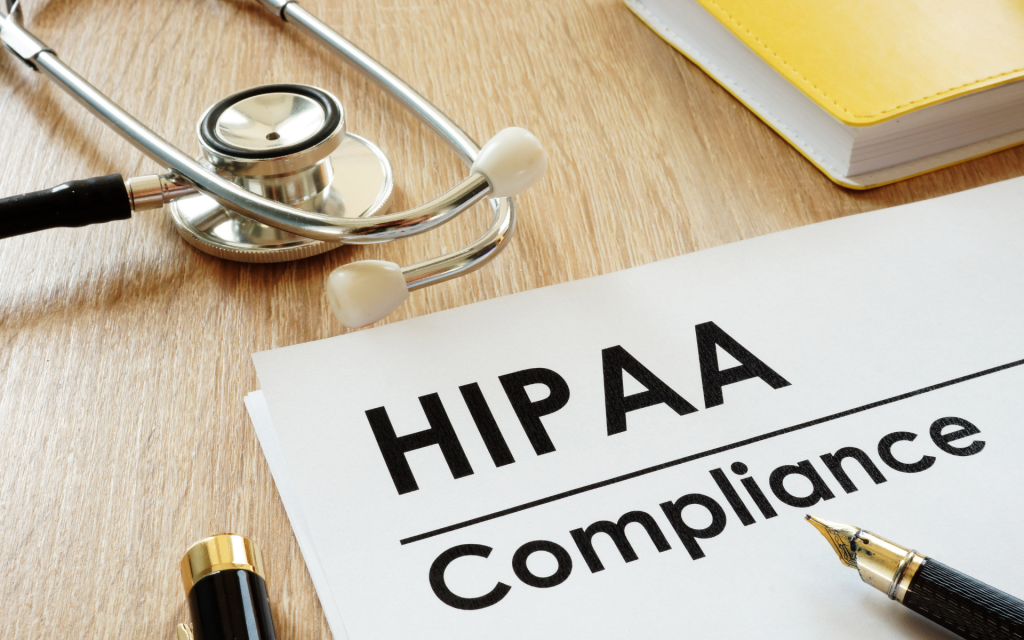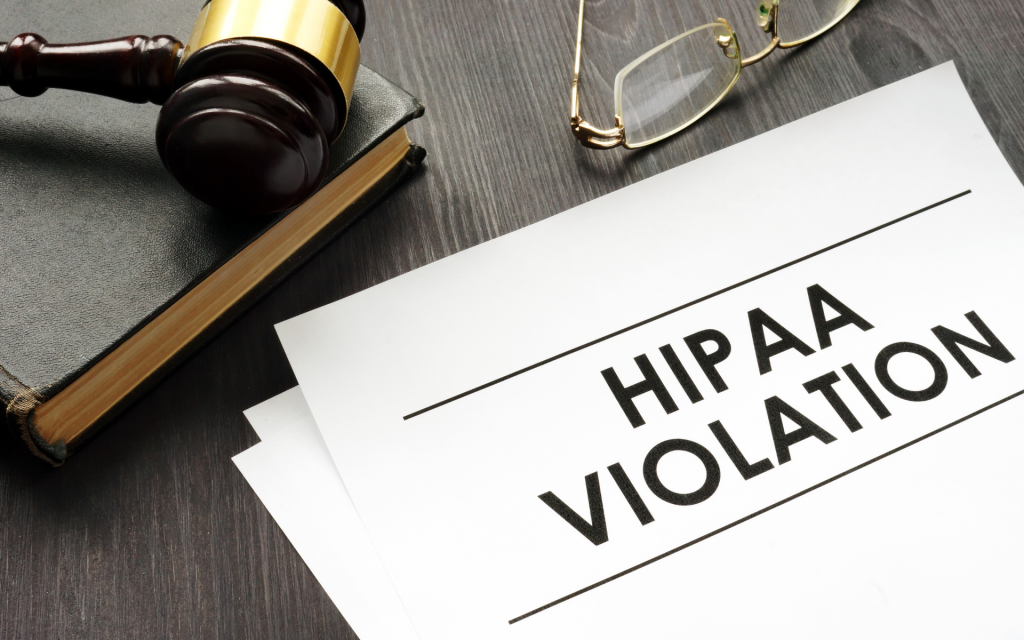A 2018 study cited in The Harvard Gazette found that 78 percent of the doctors interviewed had experienced burnout. Unfortunately, physician burnout is not just a personal issue. It can lead to serious consequences for medical providers and the patients they care for.
In this blog post, we will discuss what causes burnout and how technology can ease the workload of busy doctors.
Table of Contents
- Incredible Statistics About Physician Burnout
- What Are the Leading Causes of Physician Burnout?
- How Does Technology Help in Overcoming Physician Burnout?
- The Number 1 Solution for Burnout: Go Paperless, Go Digital
Incredible Statistics About Physician Burnout

Physician burnout is a state of physical or emotional exhaustion that leads to detachment from work. It’s characterized by a loss of enthusiasm, feelings of cynicism, and increased irritability.
An overwhelmed physician may begin to neglect their own health and well-being. They may stop exercising, eating right, and getting enough sleep. They may also find it difficult to concentrate or make decisions.
Medical burnout can lead to errors in patient care, increase the risk of malpractice suits, and increase healthcare costs. In severe cases, it may even lead to suicide. Identifying and addressing the risk factors earlier is the best way to prevent physician burnout.
How common is this phenomenon? Let’s take a look at the numbers.
It’s more common than you think
According to a 2018 study by the Mayo Clinic, 54.3 percent of 6,695 responding physicians reported symptoms of burnout. Meanwhile, the 2020 Physician Burnout and Wellness Survey showed a staggering 71 percent.
While exhaustion is a common burnout in doctors, some specializations are more vulnerable to burnout. The Medscape National Physician Burnout & Suicide Report 2020 identified these as critical care, family medicine, internal medicine, and neurology, to name a few.
The pandemic caused a spike in physician burnout
In the findings of a 2020 Medical Economics study, 65 percent of surveyed physicians say that COVID-19 made things even worse for medical professionals. 72 percent of physicians saw a dip in their income because of the pandemic and 55 percent experienced a loss of income according to the 2020 Survey of America’s Physicians COVID-19 Impact Edition.
Burnout is associated with medical errors
Another study found that doctors suffering from burnout are 120 percent more likely to make mistakes. This can negatively affect patient experience and could even lead to malpractice suits.
The numbers speak for themselves. These statistics show why healthcare organizations, not just individuals, must find ways to prevent burnout.
What Are the Leading Causes of Physician Burnout?
While many factors can contribute to physician burnout, the following are five of the top causes:
1. Long hours of work
One of the most commonly cited reasons for physician burnout is the long hours required to provide quality patient care. The average doctor works 40 to 60 hours per week, but some have reported up to 80-hour workweeks.
With such demanding schedules, it’s no wonder that many doctors struggle to maintain a healthy work-life balance. They end up neglecting basic needs like sleep, exercise, relationships, and leisure time — all of which are essential for one’s well-being.
2. Mountains of paperwork
In recent years, there has been a significant increase in the amount of paperwork that physicians are required to complete. This often leads to extended office hours and less time interacting with and treating patients.
Medical paperwork can be highly repetitive, making things even more stressful for physicians, nurses, and support staff.
3. Inadequate pay
Combined with hefty student loans and inflation, many physicians struggle to make ends meet. Unfortunately, reimbursement rates for many insurance plans have not kept pace with the rising cost of medical care.
As a result, many doctors feel they are not fairly compensated for their work. Anxiety over finances can directly contribute to physician burnout.
4. Changes in medical technology
With the increasing use of electronic health records (EHR) and other online tools, doctors may feel stressed by the thought of dealing with unfamiliar health information technology. However, if properly used, these EHR systems and other forms of communication can help reduce stress.
5. Loss of autonomy
Finally, many physicians feel they have lost control over their practices. They feel constrained by an increasing number of regulations imposed by insurance companies and government agencies. This loss of control can be demoralizing for physicians who simply want to help people.
To illustrate, almost all of these factors were present during the COVID-19 pandemic. In a span of weeks, they treated a flood of ICU patients, transitioned to telemedicine, and adjusted to changing regulations. Healthcare workers had to wear bulky protective gear that prevented them from interacting directly with patients. A lot of them also fell ill, while others had to work while mourning family members and friends.
All that stress and uncertainty was the perfect recipe for burnout, especially for medical frontliners.
How Does Technology Help in Overcoming Physician Burnout?

Technology has revolutionized the medical field in recent years, offering practical ways to reduce physician burnout. One of the most common sources of stress for doctors is paperwork, so solving this issue can go a long way toward promoting mental health.
Document management tools, online forms, and esignature platforms help speed up the process of completing paperwork. They also make it easier to keep track of documents for signing and ensure that they are accurate.
In addition, technology can also help to improve communication between doctors and patients. Online appointment scheduling systems make booking appointments easy, while patient portal systems provide 24/7 access to medical records. This can help reduce the number of phone calls and emails that doctors have to deal with, freeing up more time for patient care.
Ultimately, technology plays a vital role in helping to reduce physician burnout.
The Number 1 Solution for Burnout: Go Paperless, Go Digital With Fill App
Fortunately, doctors have a faster and more accurate way to deal with paperwork, thanks to the Fill app. This tool makes it easy to collect patient data via online forms.
These digital documents can be populated with data from a variety of sources, including electronic medical records, patient surveys, and doctor’s notes.
Patients can sign these forms online using any mobile device. These files are then saved to the cloud. Since they are in digital format, finding information is as easy as typing in a keyword and clicking search.
In addition, the app allows users to organize and share documents securely. This makes it easy for physicians to collaborate on patient care and ensure that all relevant information is readily available.
The best part? Fill is fully compliant with the Health Insurance Portability and Accountability Act (HIPAA), which is designed to protect the privacy of patient health information.
The app uses encryption to safeguard data in transit. Role-based access ensures that only authorized users can access sensitive information. In addition, third-party experts regularly audit Fill’s security infrastructure to verify that it meets the highest standards for data privacy.
Fill can be trusted to keep patient information safe and secure, making it an ideal solution for healthcare organizations looking to improve their data management practices. Try it for free and find out why healthcare professionals rely on it.




